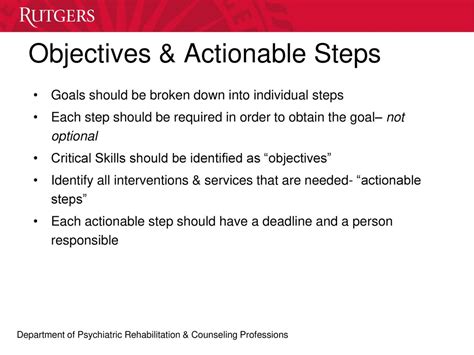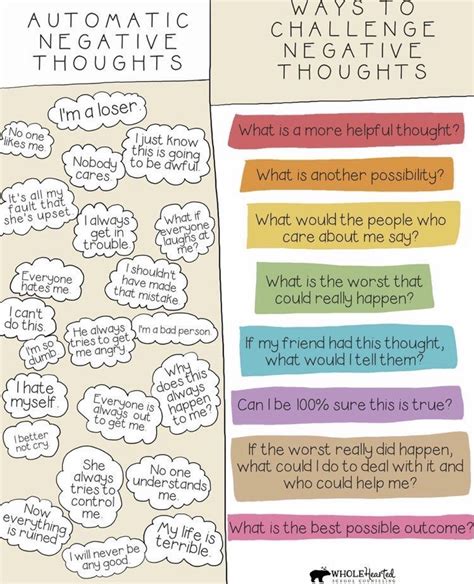Negative thoughts can feel like a relentless tide, pulling us down and hindering our progress. Whether it’s self-doubt, fear of failure, or dwelling on past mistakes, these mental patterns can paralyze us. But what if there was a way to not just silence these thoughts, but to transform them into a powerful catalyst for positive change? This article explores the art of reframing negative thoughts, turning them from obstacles into concrete, actionable steps that propel you forward.
The Pervasive Nature of Negative Thinking
Our brains are wired for survival, often prioritizing potential threats and problems. While this served our ancestors well, in modern life, it can manifest as a constant stream of critical self-talk, worry, and pessimism. These thoughts aren’t inherently bad; they often carry valuable (though often distorted) information about our fears, desires, and areas for improvement. The key is learning to decipher this information constructively, rather than letting it overwhelm us.

Understanding the Reframing Process
Reframing is a cognitive technique that involves looking at a situation, thought, or belief from a different perspective. It’s not about denying negative feelings or forcing positivity, but rather about shifting your interpretation to one that is more empowering and productive. When you reframe, you acknowledge the negative thought, challenge its absolute truth, and then consciously choose a new interpretation that opens doors to solutions and growth.
For example, instead of “I’m not good enough to do this,” reframing asks: “What specific skills do I need to develop, or what resources can I acquire, to feel more competent in this area?” This shifts the focus from a fixed self-judgment to a pathway of action and learning.
Practical Steps to Turn Negativity into Action
1. Identify and Acknowledge the Negative Thought
The first step is awareness. Catch yourself when you’re caught in a negative loop. What exactly are you thinking? “I’m going to fail.” “This is too hard.” “I should have done X.” Write it down if it helps. Acknowledging the thought gives you power over it.
2. Challenge and Dissect the Thought
Ask yourself: Is this thought 100% true? What evidence do I have to support it? What evidence contradicts it? Are there other ways to interpret this situation? Often, negative thoughts are based on assumptions, past experiences, or irrational fears, not objective reality. Dissecting them reveals their vulnerabilities.

3. Reframe as an Opportunity or Action Prompt
This is where the transformation happens. Instead of letting the thought defeat you, ask: “What can I learn from this?” “What can I do differently next time?” “What small step can I take right now to address this concern?”
- From “I’ll never finish this project” to: “What’s the very next step I can take to move this project forward, even for 15 minutes?”
- From “I made a huge mistake” to: “What lesson can I extract from this experience to avoid repeating it?” or “Who can I talk to for advice on how to rectify this?”
- From “I’m overwhelmed” to: “Which single task can I tackle first to reduce this feeling of overwhelm?”
4. Break Down the Action into Manageable Steps
Once you’ve identified an action, make it as small and achievable as possible. Overwhelm often stems from perceiving a task as too large. Break it down into micro-actions that feel almost trivial to complete. This builds momentum and reduces resistance.

5. Take the First Step
The most crucial part. Don’t wait for perfection or motivation. Just take that single, tiny, actionable step. The act of doing, however small, shifts your mindset from passive rumination to active problem-solving. This creates a positive feedback loop, reinforcing your ability to cope and succeed.
Sustaining the Shift: Practice and Persistence
Reframing is a skill, and like any skill, it improves with practice. You won’t master it overnight, and negative thoughts will still arise. The goal isn’t to eliminate them entirely, but to change your relationship with them. Be patient with yourself, celebrate small victories, and consistently apply these steps. Over time, you’ll build resilience and cultivate a more constructive, action-oriented mindset.

Conclusion
The journey from negative thought to actionable step is a powerful one. By consciously identifying, challenging, and reframing your internal dialogue, you reclaim control over your mental landscape. This shift in mindset not only reduces stress and anxiety but also unlocks your potential to overcome challenges, learn from experiences, and relentlessly move towards your goals. Start practicing today, and watch as your inner critic transforms into your most effective coach.




